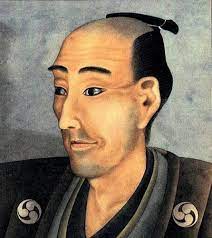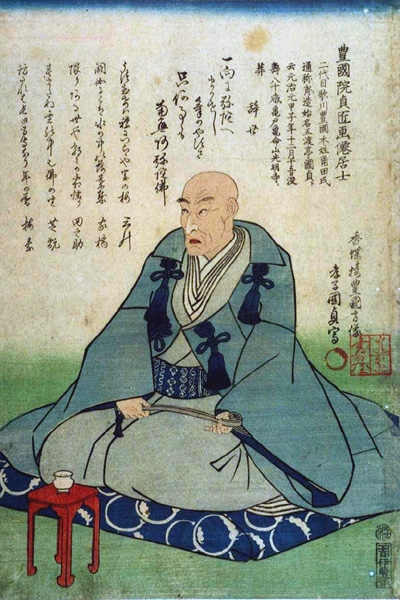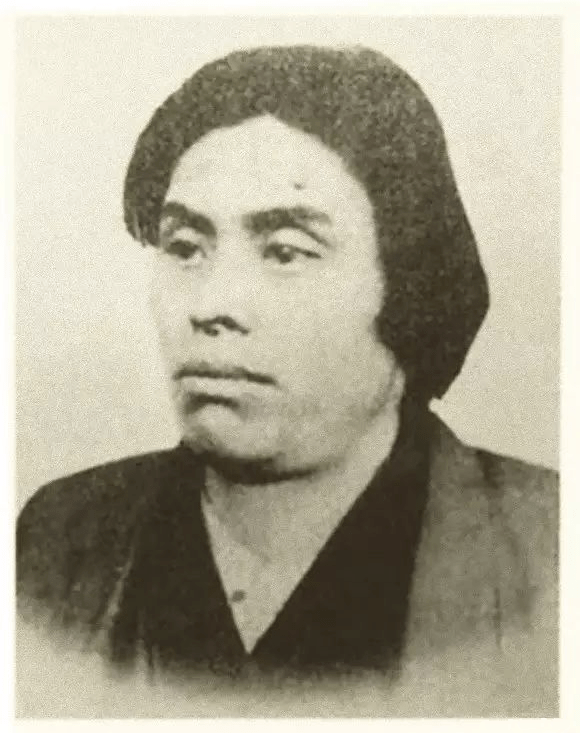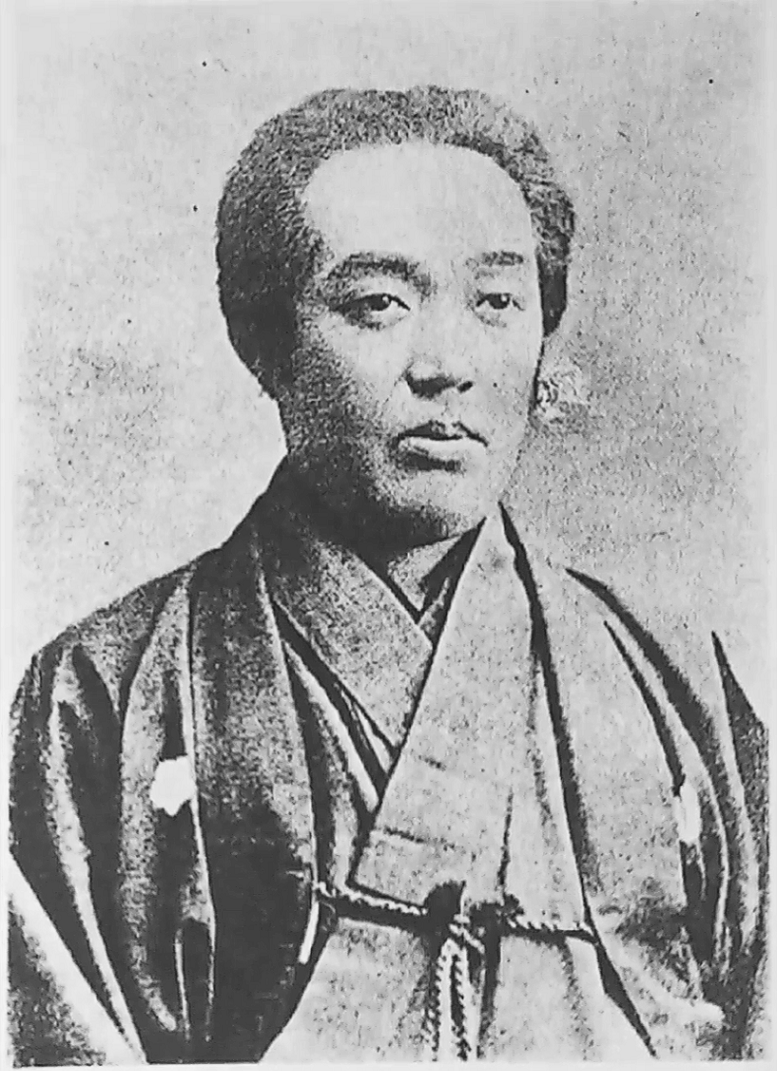Katsushika Hokusai
1760-1849
Katsushika Hokusai was a Japanese artist, and he is best known as the author of the woodblock print series Thirty-six Views of Mount Fuji, which includes the iconic print, The Great Wave Off Kanagawa
Ukiyo-e is a genre of art of the Tokugawa period (1603–1867) in Japan. The term ukiyo-e (浮世絵) translates as 'picture[s] of the floating world'.
Providing a major source of imagery in Japanese art, artists from the 17th-19th century would create woodblock prints and paintings with themes such as female beauties; kabuki actors and sumo wrestlers; scenes from history and folk tales; travel scenes and landscapes; flora and fauna; and erotica.

Katsushika Hokusai was a Japanese artist, and he is best known as the author of the woodblock print series Thirty-six Views of Mount Fuji, which includes the iconic print, The Great Wave Off Kanagawa

Utagawa Kunisada was the most popular, prolific, and commercially successful designer of the Ukiyo-e period and his total output is estimated at more than 20,000 designs. Kunisada continuously developed his style, which sometimes radically changed, and did not adhere to stylistic constraints set by any of his contemporaries.

Kobayashi Kiyochika's work is the best demonstration of the rapid modernization and Westernization that Japan went through during the Meiji period. The Meiji period was a time denoting the first half of the Empire of Japan, during which Japanese society moved from being an isolated feudal society to its modern form. Throughout Kiyochika’s work he employs a sense of light and shade called “kōsen-ga”, inspired by Western art techniques.

Tsukioka Yoshitoshi's career spanned two eras, the last years of the Edo period in Japan and the first years of modern Japan following the Meiji Restoration. Yoshitoshi was interested in new things from the rest of the world, but over time he became increasingly worried about the decline of traditional Japanese culture, including woodblock printing.

Kitagawa Utamaro is best known for his bijin ōkubi-e prints (translated as large-headed pictures of beautiful women) of the 1790s and he also produced detailed nature studies, particularly illustrated books of insects. Little is known of Utamaro’s personal life, despite being one of the very few Ukiyo-e artists to achieve fame throughout Japan in his lifetime.

Tōshūsai Sharaku is one of the most elusive artists of the Ukiyo-e period, with his true name nor the dates of his birth or death being known. Despite being seen as a master of the style, Sharaku did not follow the traditional route of taking up an apprenticeship with an established school to learn his craft and as a result drew much speculation. What’s stranger is that his career as a woodblock artist seems to only span ten months. At the time, his work was met with disapproval and then ended as suddenly and as mysteriously as it had appeared.